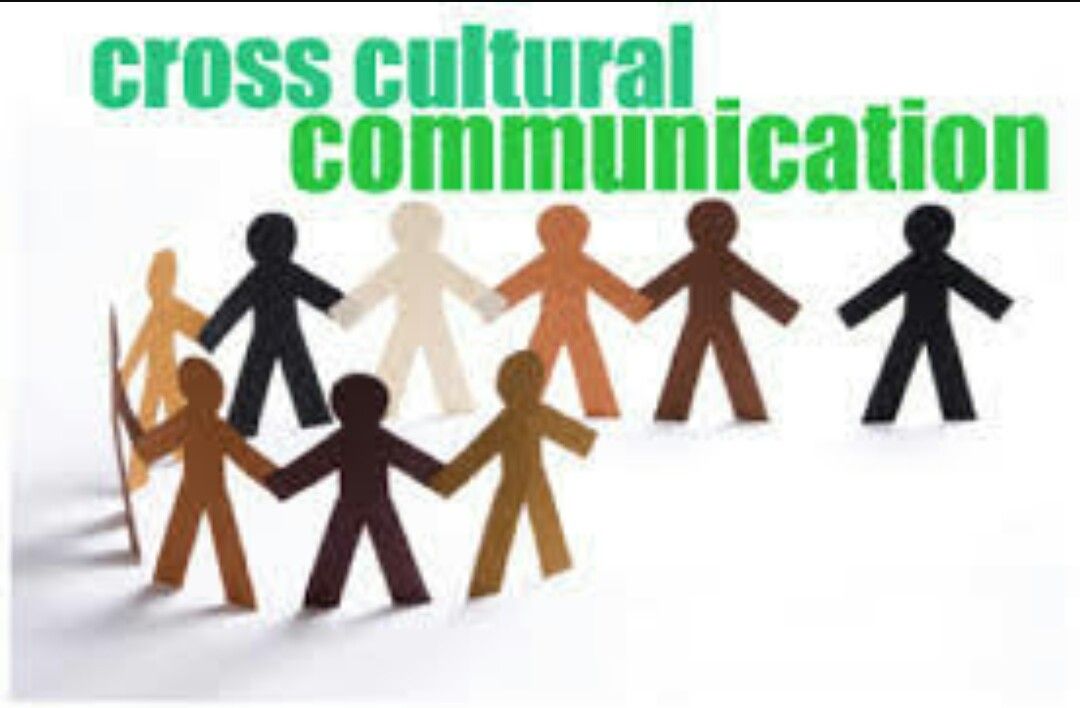
In our increasingly interconnected world, cross-cultural communication has become more important than ever. With businesses expanding globally and diverse teams becoming the norm, the ability to effectively navigate cultural differences is crucial for success. As we advance into 2024, innovative strategies are emerging to enhance cross-cultural communication. This article explores these cutting-edge approaches, offering practical insights for improving interactions across cultures.
Understanding Cross-Cultural Communication
Before diving into the innovative strategies, it’s essential to understand the foundation of cross-cultural communication. It involves the exchange of information between individuals from different cultural backgrounds. Effective cross-cultural communication not only bridges gaps in understanding but also fosters stronger relationships, enhances collaboration, and drives success in international ventures.
Key Elements of Cross-Cultural Communication:
- Cultural Awareness: Recognizing and respecting cultural differences is the first step. This includes understanding varying norms, values, and communication styles.
- Active Listening: Paying close attention to verbal and non-verbal cues helps in accurately interpreting messages and avoiding misunderstandings.
- Adaptability: Being flexible and open to different communication styles and practices is crucial in diverse settings.
Innovative Strategies for Effective Cross-Cultural Communication
- Leverage Advanced AI Tools for Translation and Interpretation
In 2024, artificial intelligence (AI) has revolutionized the way we handle language barriers. Advanced AI-powered translation and interpretation tools offer real-time, accurate translations, making cross-cultural communication more seamless. These tools are not limited to text but also encompass speech and video translation, ensuring that nuances are preserved across languages.
Benefits:
- Real-time Translation: Facilitates immediate understanding and interaction.
- Contextual Accuracy: AI tools now better understand context, reducing the risk of misinterpretation.
- Adopt Virtual Reality (VR) and Augmented Reality (AR) for Immersive Learning
VR and AR technologies are transforming how we experience and understand other cultures. Immersive learning environments allow individuals to experience different cultural contexts firsthand. For example, virtual reality simulations can place users in various cultural settings, enhancing their understanding and empathy.
Benefits:
- Experiential Learning: Provides a deeper, more intuitive grasp of cultural norms and practices.
- Increased Engagement: Interactive experiences boost retention and application of cultural knowledge.
- Implement Culturally Adaptive Communication Platforms
Modern communication platforms are increasingly incorporating features that cater to cultural differences. These platforms offer customizable settings that allow users to adjust communication styles based on cultural preferences. For instance, features that accommodate different date formats, time zones, and language nuances can prevent misunderstandings.
Benefits:
- Customization: Tailors communication to meet diverse cultural expectations.
- Enhanced Collaboration: Facilitates smoother interactions among team members from various backgrounds.
- Utilize Data-Driven Insights for Personalized Communication

Big data and analytics play a significant role in understanding cultural preferences and communication styles. By analyzing data on how individuals from different cultures interact, organizations can tailor their communication strategies to better meet the needs of their audience.
Benefits:
- Personalization: Creates more relevant and effective communication strategies.
- Informed Decisions: Data-driven insights guide the development of culturally sensitive practices.
- Foster Cross-Cultural Competence Through Continuous Training
Ongoing training programs that focus on cross-cultural competence are essential for maintaining effective communication. These programs should go beyond traditional training methods and incorporate interactive and experiential learning techniques to address the complexities of cross-cultural interactions.
Benefits:
- Skill Development: Enhances employees’ ability to navigate cultural differences effectively.
- Long-Term Improvement: Continuous training ensures up-to-date knowledge and skills.
- Promote Inclusive Language Practices
Inclusive language is crucial in ensuring that communication is respectful and non-discriminatory. Organizations are increasingly adopting guidelines that promote inclusive language practices, such as using gender-neutral terms and avoiding cultural stereotypes.
Benefits:
- Respect and Inclusivity: Ensures that all individuals feel valued and respected.
- Reduced Misunderstandings: Minimizes the risk of offending or alienating individuals from different cultures.
- Encourage Cultural Exchange Programs
Cultural exchange programs provide opportunities for individuals to immerse themselves in different cultures, enhancing their understanding and appreciation. These programs can range from short-term exchanges to long-term assignments and offer valuable experiences that contribute to better cross-cultural communication.
Benefits:
- First-Hand Experience: Provides practical insights into different cultural practices.
- Strengthened Relationships: Builds stronger connections through shared experiences.
Challenges and Solutions in Cross-Cultural Communication
While innovative strategies are making strides, challenges in cross-cultural communication persist. Common challenges include language barriers, cultural misinterpretations, and differing communication styles. Addressing these challenges requires a proactive approach and a willingness to adapt.
Solutions:
- Regular Feedback: Encourage open feedback to identify and address communication issues.
- Cultural Sensitivity Training: Invest in training programs that address specific challenges and provide practical solutions.
- Cultural Liaison Roles: Designate individuals who can bridge cultural gaps and facilitate effective communication.
Conclusion
As we move further into 2024, the landscape of cross-cultural communication continues to evolve. Embracing innovative strategies such as AI-powered tools, immersive learning technologies, and inclusive practices can significantly enhance communication across cultures. By staying informed and adaptable, individuals and organizations can overcome barriers and build stronger, more effective cross-cultural relationships. As technology and cultural dynamics continue to advance, the key to successful cross-cultural communication lies in a commitment to understanding, respect, and continuous learning.

